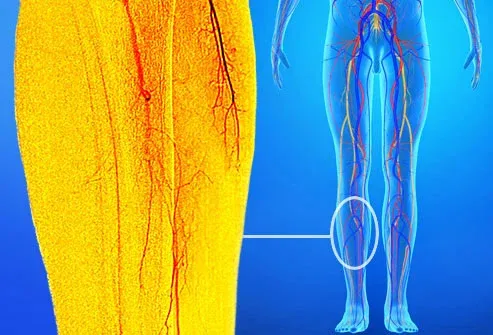Common Causes of Pain in the Left Leg

You may have pain in the left leg for a variety of reasons. It could result from a muscle strain, bone fracture, back pain, or a numbness or tingling sensation. If you have pain in the leg that persists, your provider may recommend physical therapy to relieve it.
Sciatica
Sciatica is a painful condition of the lower back and leg. A pinched nerve causes most cases. It can range from dull, aching, or burning pain to numbness, tingling, and muscle weakness. You should visit a doctor if you are experiencing any of these symptoms. Generally, sciatica is treated non-surgically. However, some severe cases may need spinal decompression surgery.
Intermittent claudication
Intermittent claudication causes pain to occur in the left leg. The condition usually develops during exercises that involve the legs, and the symptoms typically go away after a short rest, typically around a minute or two. However, the pain can persist and progress to a more severe condition if the symptoms aren't treated.
Deep vein thrombosis
Deep vein thrombosis is a severe medical condition, and proper diagnosis and treatment are essential to prevent complications. Often, the condition is treated with a blood-thinning medication or anticoagulant that prevents the blood clot from forming. This treatment can also minimize the risk of pulmonary embolism. There are many options for treatment, and each patient's treatment is individualized.
Shin splints
Shin splints are inflammation of the muscles, tendons, and connective tissues in the lower leg. They are caused by overuse or repetitive stress. They can occur when you increase your activity levels suddenly, start running faster or change running surfaces. They can also be caused by wearing the wrong footwear or having flat feet.
Sports injuries
Two primary sports injuries cause pain in the left leg: strains and sprains. A strain is caused by over-stretching the muscles and ligaments. The pain varies in intensity and can be mild or severe. Symptoms include swelling, bruising, and the inability to put weight on the affected joint without pain. A sprain can be acute or chronic.
Tendinitis
The main symptom of tendinitis is pain. This can be gradual or sudden and may worsen if calcium deposits have built up in the tendon. Treatment for tendinitis includes rest, ice, and over-the-counter pain medications. For severe cases, surgery may be necessary.




